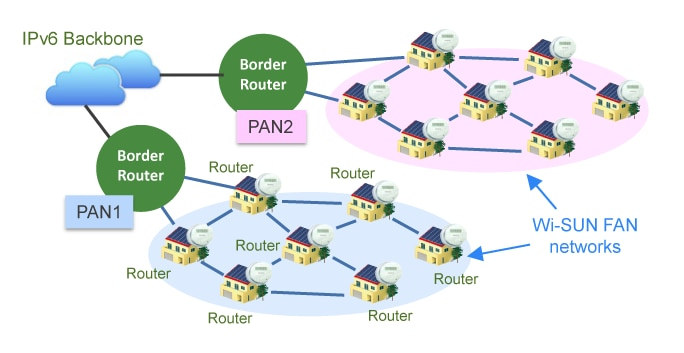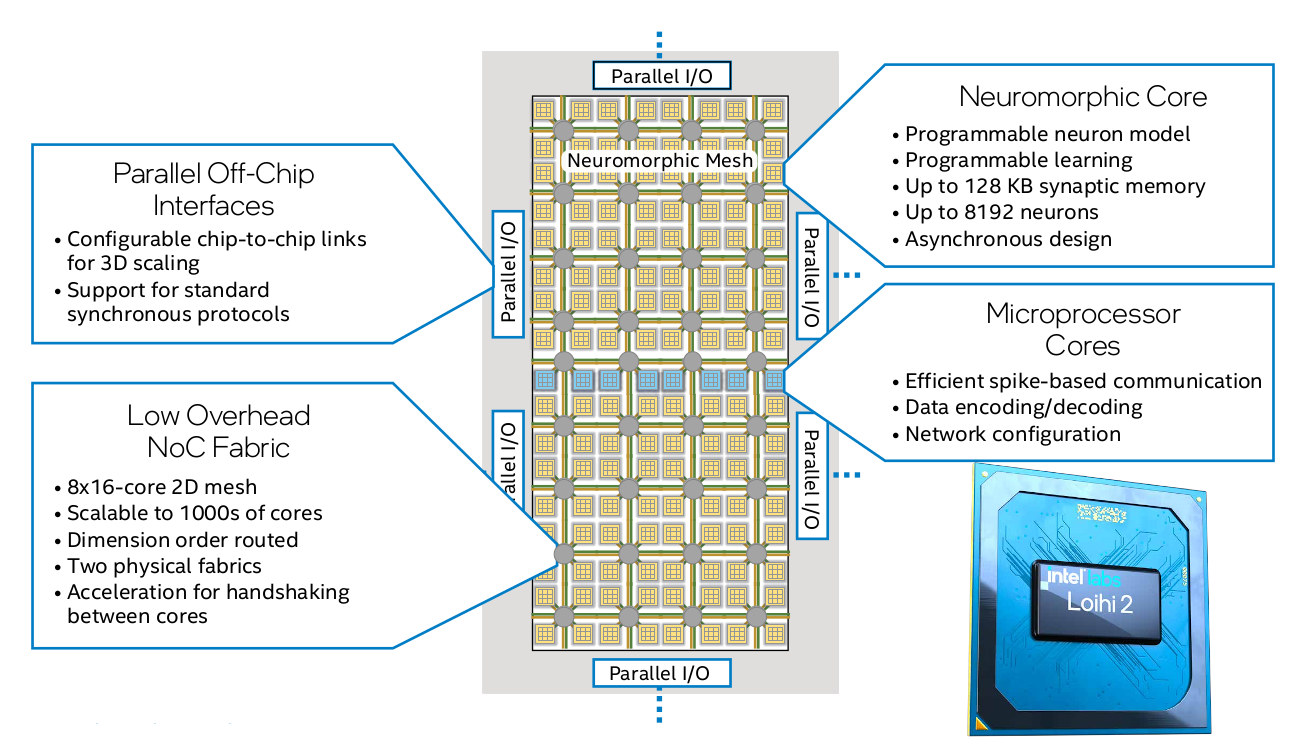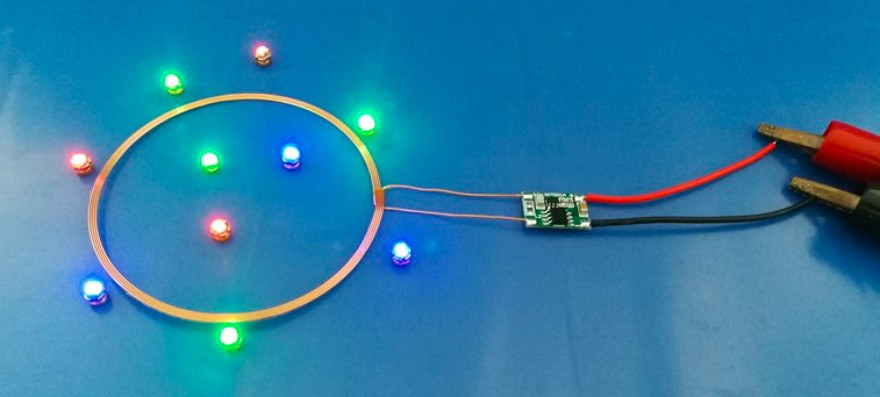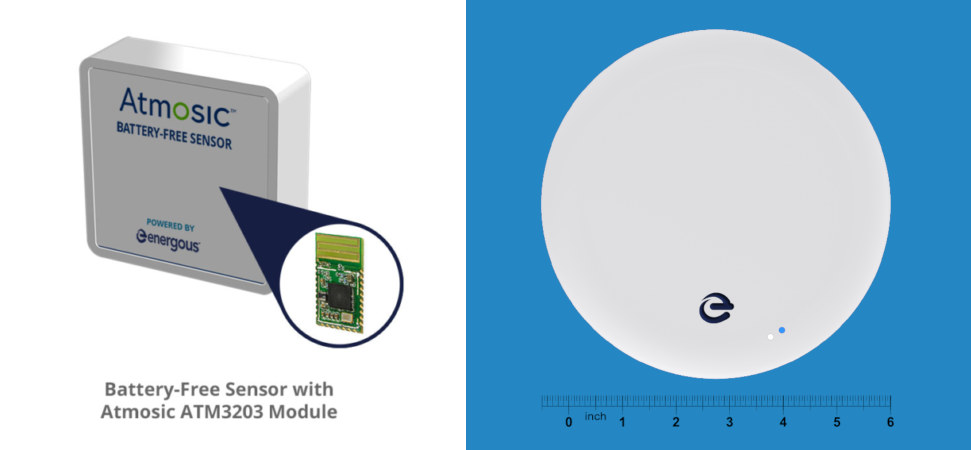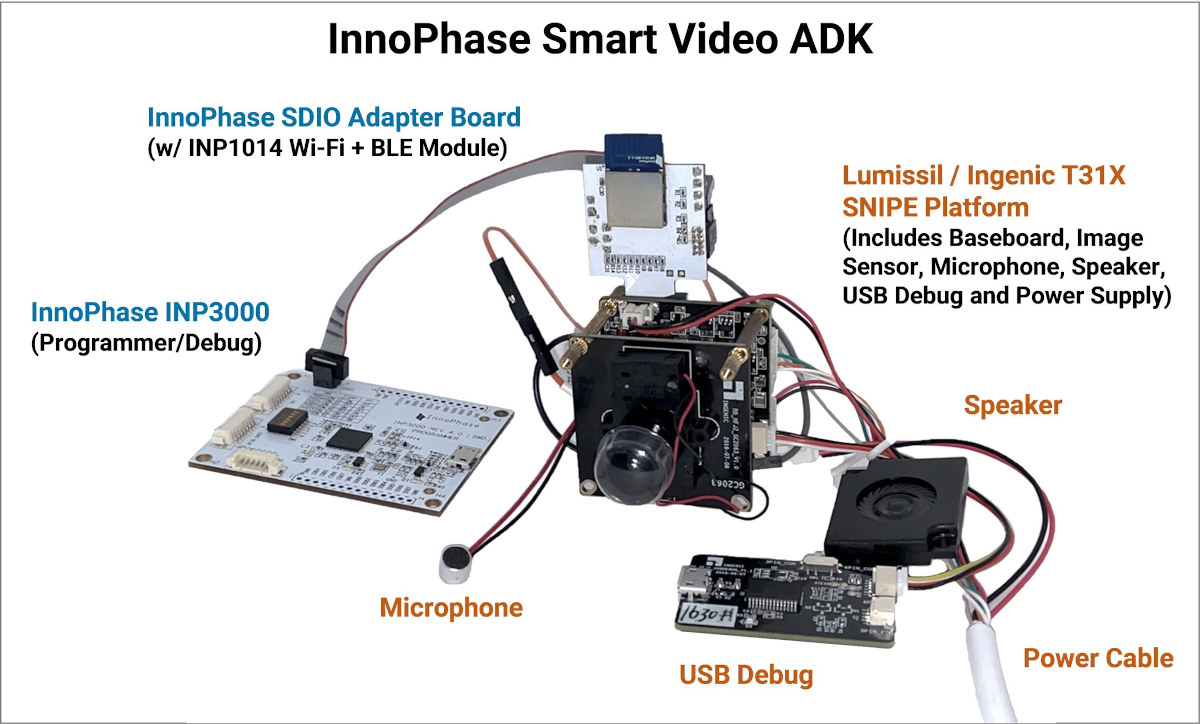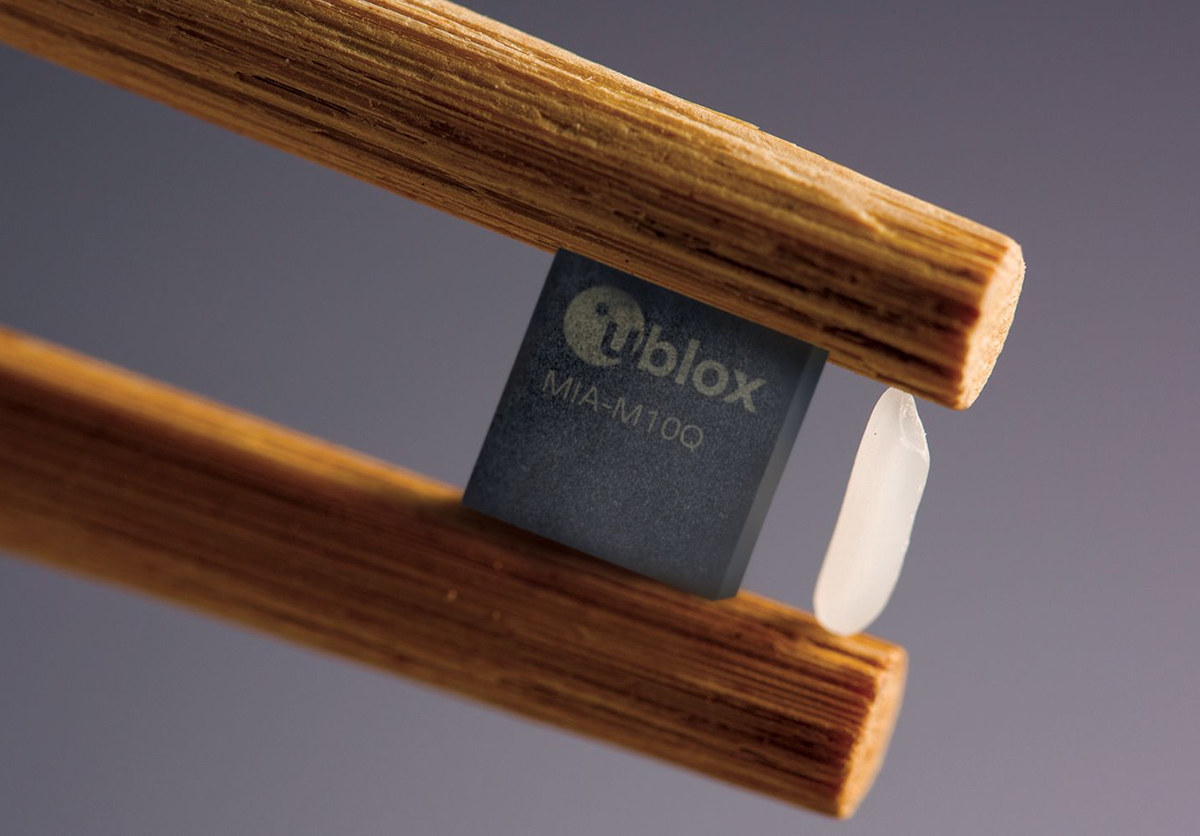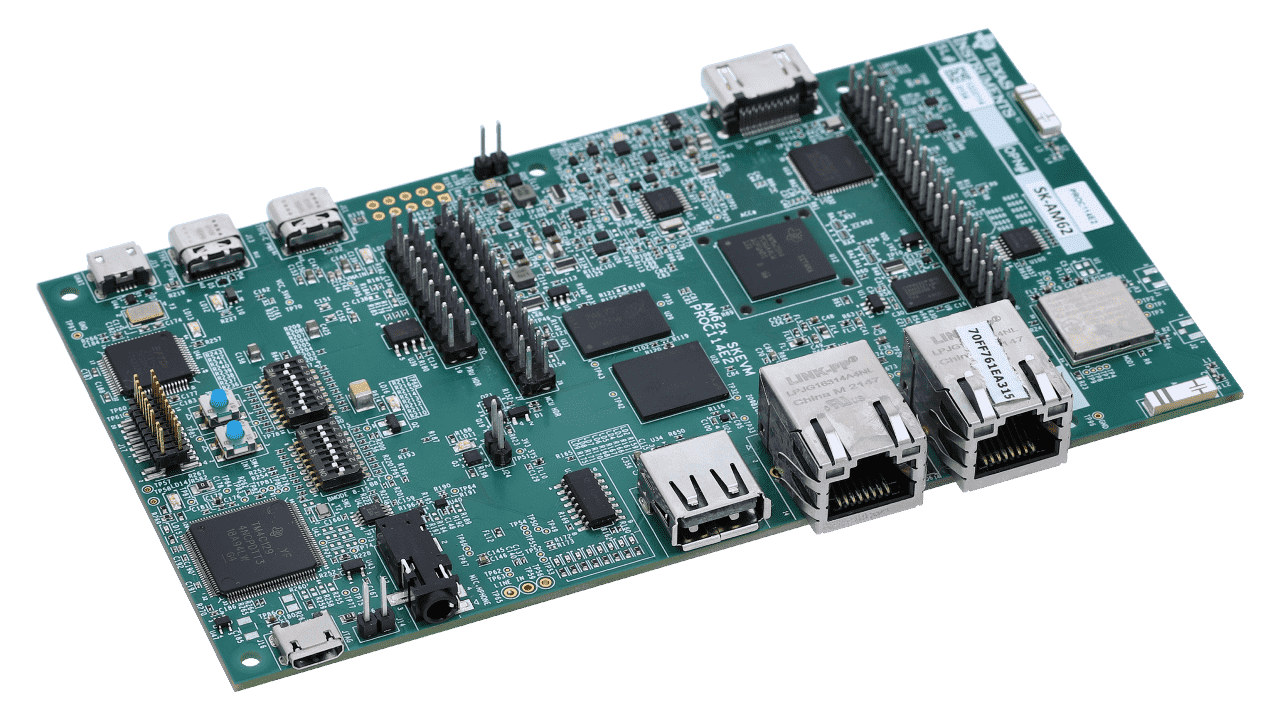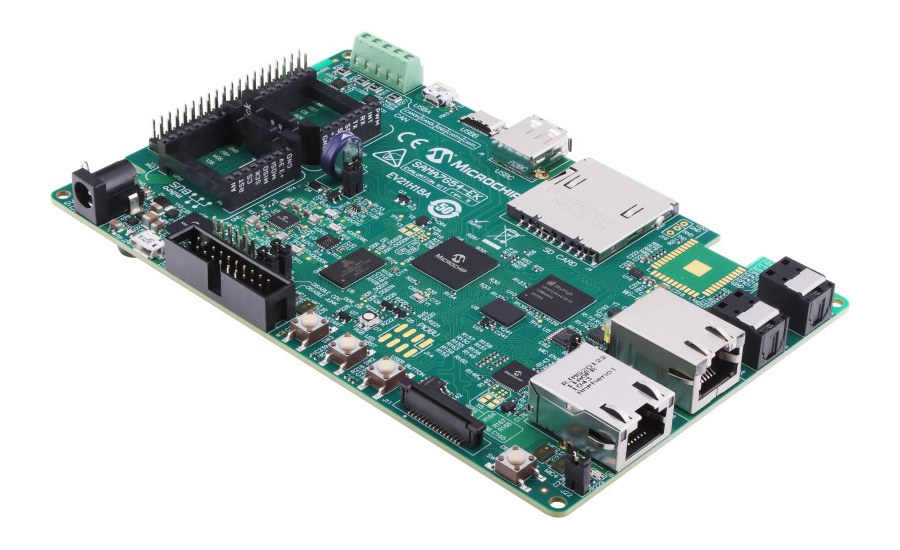Wi-SUN is a standard (IEEE 802.15.4g) managed by the Wi-SUN Alliance and designed for Smart Cities, Smart Agriculture, and other large scale IoT deployments with a large number of devices thanks to the use of IPv6 mesh networking. The organization was founded in 2011 to “support the worldwide development of Wireless Communications Networks for Utilities, Smart Cities and IoT”, but due to the niche nature of target applications, it does not get that much press coverage and was only recently brought to my attention. Wi-SUN stands for “Wireless Smart Utility Networks”or “Wireless Smart Ubiquitous Networks”, and the standard aims to connect streetlights, cameras, weather stations, smart metering, utility transmission systems, and others to enable data-sharing between city services to improve their efficiency, save costs, and offer improves services to citizens. Wi-SUN FAN (Field Area Network) is the latest protocol managed by the Wi-SUN Alliance with over 95 million units shipped […]
Intel Loihi 2 high-efficiency neuromorphic chip works with the Lava open-source framework
Neuromorphic AI accelerator chips relying on spiking neural networks (SNN), which we’ve seen from companies such as Innatera or Brainchip, will be used more and more in the future as they provide much higher efficiency compared to traditional deep neural networks (DNN) solutions. Intel is also working on SNN, and recently announced the Loihi 2 second-generation neuromorphic research chip with up to 1 million neurons (the human brain has 86 billion of those on average) that delivers up to 175x lower energy to learn a new object instance with similar or better speed and accuracy compared to conventional methods running on a central processing unit (CPU). The new Loihi 2 neuromorphic chip offers the following improvement over the first generation Loihi: Up to 10x faster processing capability (2x for simple neuron state, 5x for synaptic operations, 10x for spike generation) Up to 60x more inter-chip bandwidth achieved through a combination […]
5V wireless LED lights up thanks to magnetic resonance coupling technology
Wireless power, no matter how inefficient it may be, sounds good and even looks good with the “5V remote wireless power supply LED pack” we feature in this post. It also feels magical with the LEDs lighting up thanks to magnetic resonance coupling technology. The solution comes with a coil as a transmitter and each LED bead also includes a small coil as a receiver. When the two are coupled, energy can be transferred from the transmitter to the receiver through the air, paper, or plastic casing, and the LEDs will light up. The magnetic field intensity in this technology is said to be similar to that of the Earth’s magnetic field, and it will not be harmful to human health and other devices. Specifications: Transmitter Module Input Voltage – 5 V Power – 0.5W (10 LEDs) Transmitting Coil Outer Diameter – 70mm, inner diameter 65mm, thickness 0.5mm Transmitter Board […]
Wirelessly powered sensor evaluation kit comes 1W power transmitter, two battery-free sensors
Energous WattUp wireless power technology delivers power at various ranges (up to a few meters), and so far, we’ve seen it in wearables like garments, as well as smart glasses and earbuds development kits. The company has now launched a wirelessly powered sensor evaluation kit for the Internet-of-Things (IoT) based on the 1W WattUp PowerBridge transmitter with Bluetooth LE 5.0, plus two battery-free sensor nodes based on Atmosic ATM3202 Bluetooth LE 5.0 Cortex-M0 microcontroller with energy-harvesting capabilities. Wirelessly powered sensor evaluation kit content & features: 1W WattUp PowerBridge transmitter Bluetooth LE microcontroller Energous EN4100 transmitter IC Energous EN3210 power amplifier 2x Atmosic battery-free sensors MCU – Atmosic ATM3202 Cortex-M0 microcontroller @ 16 MHz with integrated RF energy-harvesting using MPPT (maximum power point tracking) algorithm to maximize harvesting performance Sensors – Temperature & humidity sensor, 3-axis accelerator Power consumption – A 1/4th of the power consumption of a typical BLE beacon […]
Ingenic T31-based WiFi AI camera development kit promises over a year of battery life
We’ve previously seen WiFi security cameras promising a year of battery life with products like the Eufy EverCam, but the Ingenic T31-based Smart Video Application Development Kit by Innophase may allow for the development of even more power-efficient WiFi AI security cameras with AI processing last can last over one year. The development kit combines Ingenic T31 MIPS & RISC-V camera SoC with Innophase Talaria TWO INP101x ultra-low-power (57µA @ DTIM10) Wi-Fi & BLE wireless module, that is estimated to last 14.4 months on a 3,000 mAh battery while operating at a 99.3% idle, 0.7% video capture ratio. Development kit content: Board with Ingenic T31 MIPS processor @ 1.5 GHz and RISC-V low-power core, H.265 encoder, 512Mbit or 1Gbit on-chip memory fitted with 2M pixel Full-HD camera @ 30fps USB Debug board Microphone and speaker InnoPhase Talaria TWO SDIO Adapter Board Fitted with INP1014 LGA module with 2.4GHz WiFi 4, […]
u-blox unveils miniature MIA-M10 GPS module
u-blox has introduced what could be the world’s smallest GNSS module with the 4.5×4.5mm u-blox MIA-M10 miniature module supporting GPS, BeiDou, Galileo, and GLONASS satellite navigation systems. The MIA-M10 is said to be about half the size of competing products and has been specially designed for size-constrained battery-powered asset tracking devices, as well as space-constrained industrial sensors and consumer goods. The company also claims its power-save modes can double the battery life by balancing position accuracy and power consumption. u-blox MIA-M10 GNSS module specifications: GNSS – BeiDou, Galileo, GLONASS, GPS / QZSS Number of concurrent GNSS – 4 Oscillators MIA-M10C – Crystal MIA-M10Q – TCXO MIA-M10Q only – SAW filter, LNA Host Interfaces – 1x UART, 1x DDC (I2C compliant) Supply Voltage MIA-M10C – 1.3 to 1.98V MIA-M10Q – 1.76V to 3.6V Power Consumption – < 25 mW Dimensions – 4.5 x 4.5 x 1.0mm Temperature Range – -40°C to […]
TI Sitara AM623 & AM625 Cortex-A53 SoCs offer low-power AI for HMI and IoT applications
Texas Instruments has just launched the new Sitara AM62 family with AM623 and AM625 single to quad-core Cortex-A53 processors designed to provide IoT gateways and HMI applications with AI processing at low power, in some cases with up to 50% reduction in power consumption. The AM623 processor specifically targets Internet of Things (IoT) applications and gateways that may benefit from object and gesture recognition, while the AM625, equipped with a 3D GPU, should power HMI applications with edge AI and up to two full-HD displays. Sitara AM623 and AM625 processors Sitara AM623/AM625 key features and specifications: CPU – Single, dual, or quad-core Arm Cortex-A53 processor @ up to 1,400 MHz with 512KB L2 shared cache, plus 32KB I+D cache per core Co-processor – 1x Arm Cortex-M4F real-time core at up to 400 MHz with 256KB SRAM with SECDED ECC GPU (AM625 only) – Unnamed 3D GPU with support for OpenGL […]
Microchip SAMA7G54 is a single-core Arm Cortex-A7 microprocessor for low power AI camera & audio applications
Microchip has just announced the 1 GHz SAMA7G54 single-core Arm Cortex-A7 microprocessor (MPU) with MIPI CSI-2 and parallel camera interfaces, as well as up to four I2S, one SPDIF transmitter and receiver, and a 4-stereo channel audio sample rate converter. The company specifically launched a single-core processor to offer a lower power solution for AI camera and audio solutions, and the chip is coupled with the MCP16502 power management IC that has been optimized to provide the best power/performance ratio for the SAMA7G54. Microchip SAMA7G54 specifications: CPU – Arm Cortex-A7 based MPU @ up to 1GHz with 256KB L2 cache Memory – DDR2/DDR3/DDR3L/LPDDR2/LPDDR3 up to 533MHz Storage – Quad SPI, Octal SPI, 3x SD/eMMC Camera I/F – MIPI CSI-2 (2-lane up to 1.5 Gbps each) and 12-bit parallel camera Up to 8 Mpixel @ 30 fps Audio – Up to 4x I2S, PDM, SPDIF (Rx/Tx), 4 stereo channel ASRC Networking […]


